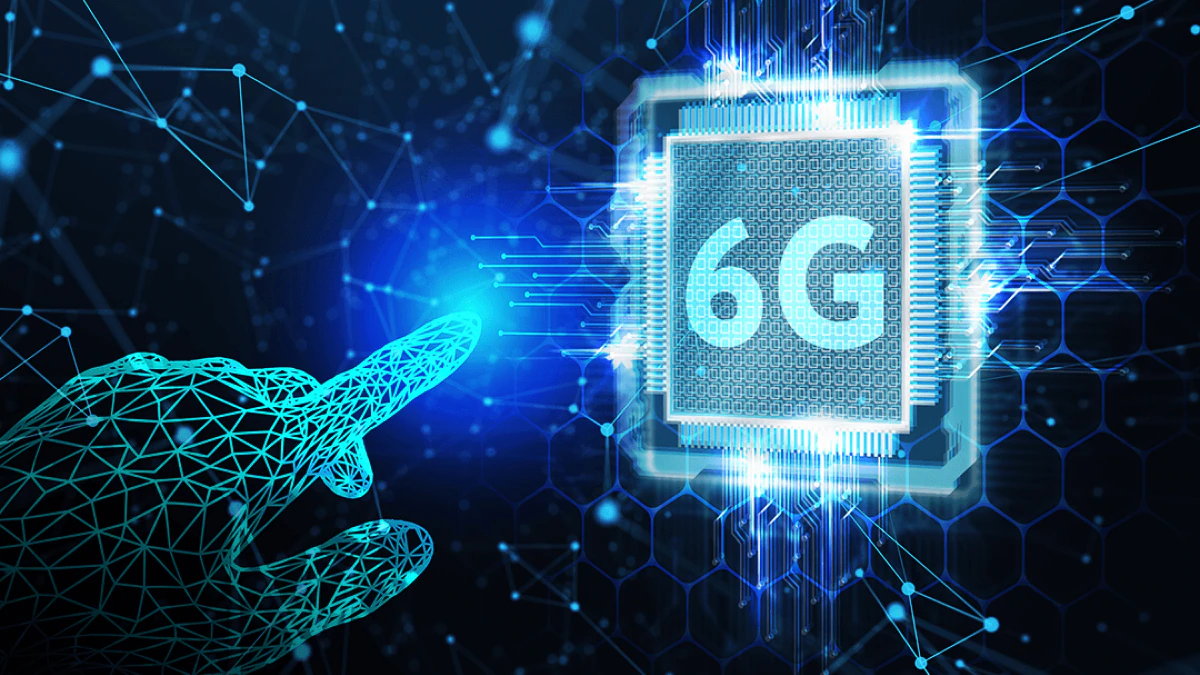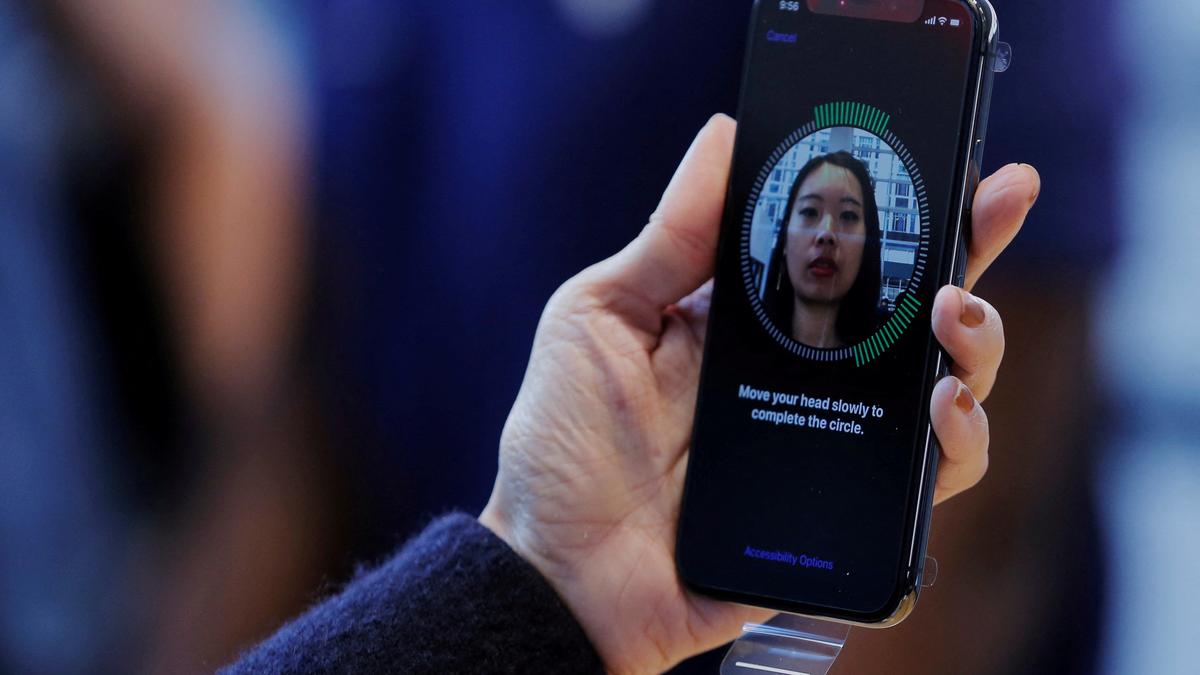Blog Credit: Trupti Thakur
Image Courtesy: Google
Nokia’s 6-G Lab
Telecom giant Nokia has made a significant stride towards the future of wireless technology with the establishment of its state-of-the-art 6G lab at the company’s global R&D center in Bengaluru, India. This “first-of-its-kind” project is set to revolutionize the way we perceive and interact with the digital and physical worlds.
A Hub for Innovation and Collaboration
Nokia’s 6G lab in Bengaluru is more than just a research facility; it’s a hub for innovation and collaboration among industry stakeholders. The primary objective is to accelerate the development of fundamental technologies and innovative use cases that will shape the future of wireless communication. The lab offers a platform for various stakeholders to come together and test groundbreaking solutions, assessing their potential for commercialization.
Unveiling the “Network as a Sensor” Technology
One of the most intriguing aspects of Nokia’s 6G lab is its research into “network as a sensor” technology. This revolutionary concept enables wireless networks to act as sensors, capable of perceiving objects, people, and movement without the need for traditional on-board sensors. This technology holds the potential to enable us to “see around corners,” gather real-time information about our surroundings, and even interact with objects at a distance, blurring the boundaries between the digital and physical worlds.
Simultaneous Sensing and Communication
Unlike previous generations of wireless technology, Nokia’s 6G lab aims to fully integrate sensing capabilities into the wireless network infrastructure. This means that sensing and communication services can operate simultaneously, opening up a myriad of possibilities for applications and services that require real-time data from the environment.
Addressing Algorithm, Privacy, and Sustainability Challenges
In addition to groundbreaking technological advancements, the lab also serves as an experimental platform to address critical issues such as algorithm development, privacy concerns, and sustainable system design. These are pivotal aspects of shaping a robust and secure 6G ecosystem.
India’s Aspiration to Lead in 6G
The inauguration of Nokia’s 6G lab in Bengaluru was marked by a virtual ceremony attended by India’s Telecom Minister, Ashwini Vaishnaw. He emphasized the importance of telecom technology in India’s Digital India Program and how the nation is aspiring to take the lead in 6G technology. This initiative aligns with the vision of Prime Minister Narendra Modi, who aims to position India as a global leader in the 6G arena.
Nokia’s Global Contribution to 6G
Nokia’s leadership in 6G technology extends beyond the borders of India. The company is actively involved in various global projects and regional initiatives, collaborating with industry peers, customers, academia, and research institutions. These efforts aim to establish a common direction and vision for 6G technology, including participation in projects like 6G Hexa-X and Hexa-X-II, the European 6G Flagship’s first and second phases. Nokia also plays a pivotal role as a founding member of the Next G Alliance.
Fostering Collaborations with Premier Research Institutes
Nokia’s Bengaluru center is committed to supporting India’s ambition to make significant contributions to global 6G standards. The company is in the process of forging research collaborations with premier research institutes in India, including the Indian Institute of Science (IISc) and the Indian Institutes of Technology (IITs). These partnerships are poised to further amplify the impact of Nokia’s 6G research initiative.
The virtual inauguration of this state-of-the-art lab was carried out by India’s Minister of Railways, Communications, Electronics & IT, Ashwini Vaishnaw. During the ceremony, Vaishnaw highlighted the lab’s potential to foster intriguing use cases, particularly in areas like transportation safety, healthcare, and education. These developments are expected to significantly contribute to India’s broader Digital India initiative.
Nokia’s 6G lab will serve as a collaborative platform for industry stakeholders, fostering a dynamic environment for testing innovative solutions and assessing their potential for commercialization. One notable area of focus within the lab is the exploration of ‘Network as a Sensor’ technology, enabling networks to perceive objects, people, and movement without the need for onboard sensors. This experimental platform will also support research in algorithms, privacy, and sustainable system design.
Research efforts will encompass various foundational 6G technologies, including Network Exposure and Automation. Nishant Batra, Chief Strategy and Technology Officer at Nokia expressed the company’s commitment to collaborating with key stakeholders to establish India as a prominent player in 6G technology development and adoption. This aligns with the ‘Bharat 6G Vision,’ which aims to position India as a significant global contributor to the design, development, and implementation of 6G technology.
Furthermore, Nokia is actively working on building research partnerships with prestigious institutions such as IISc/IITs to further expand its 6G research initiatives in India. This forward-looking endeavour showcases Nokia’s dedication to pushing the boundaries of telecommunications technology while positioning India as a leader in this critical field of innovation.
Nokia’s 6G lab is designed to serve as a collaborative platform for various stakeholders in the industry and facilitate the testing of innovative solutions related to 6G technology. It aims to assess the potential for commercialization of these solutions. One of the key areas of research in this lab is the ‘Network as a Sensor’ technology.
‘Network as a Sensor’ technology is a critical component in the development of 6G. It allows the network to sense objects, people, and movement without the need for physical onboard sensors. In the 6G era, this technology plays a significant role in bridging the digital and physical worlds. It enables the wireless network not only to provide communication services but also to sense and interact with its environment.
Nokia’s experts based in its Bengaluru center are actively supporting India’s efforts to contribute to global 6G technology standards. The company is also working on research collaborations with prominent research institutions in India, such as the Indian Institute of Science (IISc) and various Indian Institutes of Technology (IITs). These collaborations aim to further advance 6G research in India.
India’s vision for achieving ubiquitous coverage with 6G technology has been accepted by the International Telecommunication Union (ITU) Study Group in a meeting held in Geneva. This recognition by the ITU is significant as it can help reduce the deployment costs associated with 6G technology. The ITU plays a crucial role in coordinating the development of international mobile telecommunication standards in collaboration with its member countries, technology companies, and other stakeholders.
Furthermore, India has actively pursued 6G technology development, securing over 200 patents through collaborations between industry and academia, with support from the Department of Telecommunications. These efforts reflect India’s commitment to being a key player in the development and deployment of 6G technology on the global stage.
Blog By: Trupti Thakur

13
Oct6-G Lab
Oct 13, 2023Recent Blog
India’s Steps Into 6GMay 15, 2025
The New Accessibility Feature of AppleMay 14, 2025
The Digital Threat Report 2024May 13, 2025
The MADMAX ExperimentMay 12, 2025
The EntraID Data ProtectionMay 10, 2025




